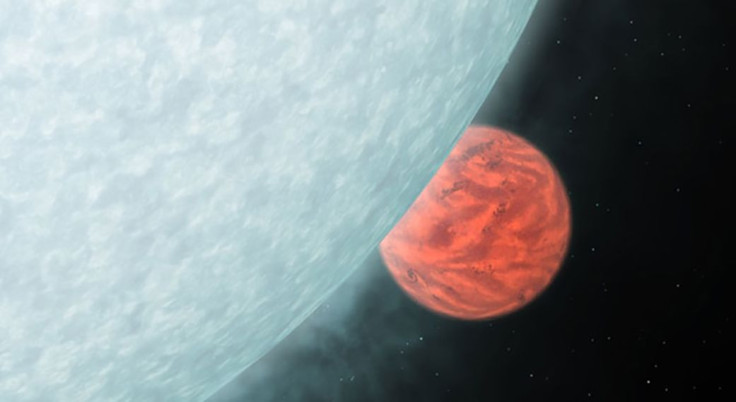Astronomers Spot Fifth Warm Jupiter Orbiting A Low-Mass Star
KEY POINTS
- Researchers characerized a planet previously discovered by NASA's TESS
- TOI-1899 b was found to be a Jupiter sized-planet orbiting a low-mass star
- It is only the fifth such planet known to orbit a low-mass star
- The planet's host star is now the lowest-mass star known to host a Jupiter-sized planet
Only a handful of warm Jupiters have been found to be orbiting low-mass stars but a team of researchers is reporting the lowest-mass star known to be hosting such a massive planet.
NASA's Transiting Exoplanet Survey Satellite (TESS) completed its primary mission in July but it continues to search for new worlds and, its previous discoveries continue to provide valuable insight. In a new study, for instance, researchers describe and characterize quite a unique planet that TESS originally spotted.
In the study published in the September issue of The Astronomical Journal, the researchers describe the planet TOI-1899 b, which is orbiting the low-mass (M-dwarf) star TOI-1899. By combining the photometry data from TESS with the high-precision, near-infrared spectroscopy data from the Habitable-zone Planet Finder (HPF), the researchers determined that TOI-1899 b is a "puffy warm Jupiter" at about two-thirds the mass of Jupiter but with a radius that's 10% larger than the gas giant. They also found that it is about 0.16 astronomical units (AU) away from its host star and takes just 29 days to complete an orbit.
In other words, as massive as TOI-1899 b is, it is actually orbiting quite close to its host star. By comparison, Mercury, the innermost planet in our solar system, is about 0.4 AU from the sun and takes about 88 days to complete an orbit.
Although such close-orbiting Jupiter-sized planets are some of the first types of exoplanets to have been discovered, with hundreds found around larger, sun-like stars, only four others have been discovered to be orbiting such low-mass stars, with TOI-1899 being the lowest-mass star known to be hosting a warm Jupiter.
And among the handful of warm Jupiters orbiting low-mass stars, the other four have an orbital period of just four days, making TOI-1899 b's 29-day orbital period quite long by comparison.
"This is only the fifth Jupiter-sized planet transiting a low-mass star that has been observed and the first with such a long orbital period, which makes this discovery really exciting," study lead Caleb Cañas of Pennsylvania State University (PSU) and NASA Earth and Space said in a news release.
"Even though the planet's orbital period is long compared to many other giant planets detected and characterized through the transit method, it still places the giant planet much closer to its star than we'd expect from classical formation theories," study co-author Rebekah Dawson, also of PSU, explained in the news release.
As such, further observations of TOI-1899 b, perhaps with the upcoming James Webb Space Telescope, could then help characterize the planet even further and, maybe even shed light on how these massive planets form.

© Copyright IBTimes 2024. All rights reserved.





















